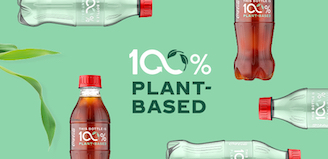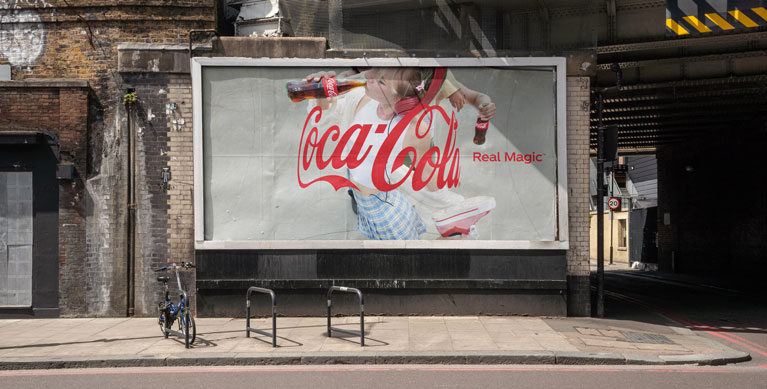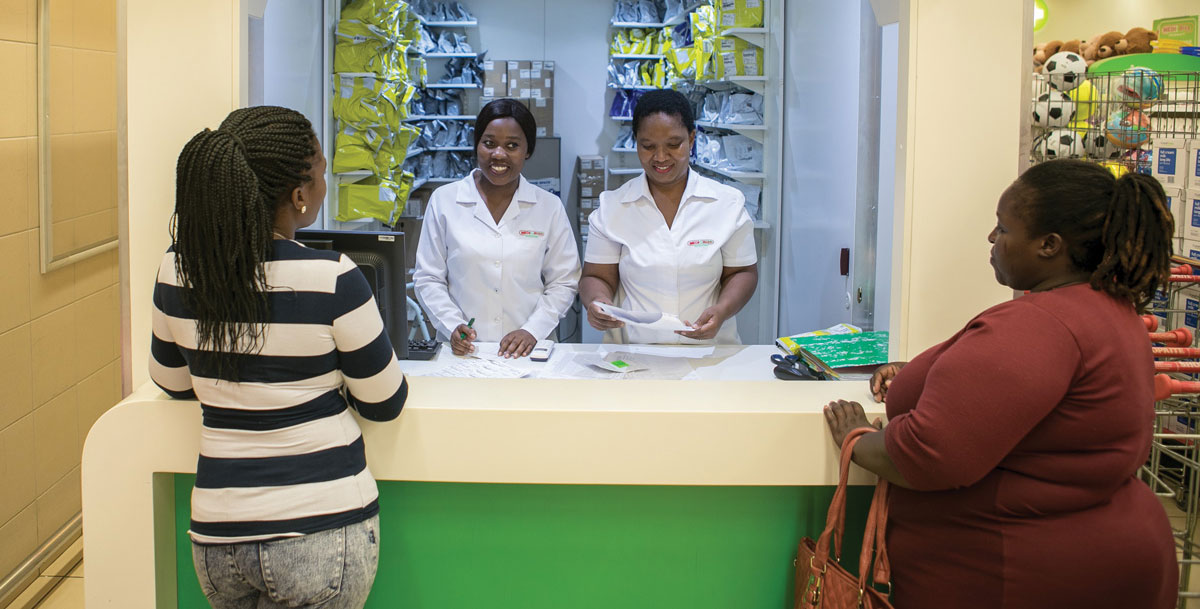
5 Highlights From Coca‑Cola CFO John Murphy’s Remarks at Morgan Stanley Conference
01-04-2021
The Coca‑Cola Company took several strategic steps in 2020 – an unprecedented year defined by a global pandemic and other disruptive challenges – to position its brands, business and organization for sustainable growth, Chief Financial Officer John Murphy shared during the Morgan Stanley Global Consumer & Retail Conference.
Murphy explained how a new organizational model, streamlined brand portfolio and refined approaches to marketing, innovation and commercial execution will help the company emerge stronger from the COVID-19 crisis as away-from-home consumption channels gradually rebound.
Here are five key takeaways from the Dec. 3, 2020 interview:
A new networked operational structure – which pares down the company’s 17 business units to nine – will balance global scale with local experimentation to drive faster, more agile decision-making.
“The notion of being able to drive a few big, scalable initiatives and derive the value that is typically associated with scale, but by the same token stay very local and intimate with an experimentation mindset so that you can nurture and build new ideas and ultimately have them scale is really powerful,” Murphy said.
The re-org was informed by input from Murphy and other senior company leaders with decades of combined operating experience. “One of our realizations is that over time, you end up having too many hands at the till, too much bureaucracy locally,” Murphy explained. “There's an opportunity to be leaner, to be more efficient, to drive out some of the bureaucracy that builds up over time.”
Operating units will continue to be the company’s primary P&L owners, and beverage category leads will be responsible for global brand positioning and communications.
“Putting into place category leaders to have the accountability to steward the global brands and then our operating leaders to be accountable to winning locally is a tremendous formula for us to be able to drive the brand piece of the equation and the execution piece of the equation,” Murphy said, citing the 2020 Coca‑Cola holiday campaign as an example of how operating and category leads will collaborate going forward.
Approximately 75% of resources in the company’s operating units will focus on the front line.
“It's a model that, we think, has tremendous potential,” Murphy said. “Will there be tension? Of course. I would expect there to be lots of it, but healthy tension…to drive the right mix of forward-thinking, longer-term, brand-building work with what needs to happen on the front line each and every day to drive the business.”
A new Platform Services group will support the field with a centralized suite of functions like finance and procurement.
The company’s recently appointed Chief Data Officer will play an integral role in bringing the robust shared service organization’s mission to life. “The opportunity is to take work historically done in 17 slightly different ways and do it once and do it well and be able to provide a superior service back to the operating units,” Murphy explained.
The company tailored its data-driven Revenue Growth Management (RGM) strategies – which focus on offering the right beverages in the right packages at the right prices in the right channels – to align with lockdown-inspired shifts in shopping behavior.
Coke will boost its focus on affordable SKUs, post-COVID, especially in emerging markets. “Revenue Growth Management was actually born through a crisis in Latin America with the intention to… provide absolute affordable price points to sustain the consumer base at a lower end of the socioeconomic scale, but by the same token get value from those who can afford it at the mid to higher ends,” Murphy noted, crediting bottling partners for building capability in recent years to successfully execute RGM strategies at the outlet level.
A more disciplined approach to marketing and innovation will power a leaner portfolio of beverage brands.
During the pandemic, which led to significant cuts in media and marketing spending, the company took a hard look at its resource allocation model.
“When times are tough is when you inspect very deeply everything you're doing,” Murphy said. “So we believe there's a tremendous opportunity over the next 18 months or so to deliver against that formula of being able to do the same with less as a first step… The delta there is going to allow us to reinvest intelligently where the markets need it and/or be able to take some of that to the bottom line.”
Macro trends continue to position The Coca‑Cola Company – and the nonalcoholic, ready-to-drink (NARTD) beverage industry as a whole – for growth.
“If we take 2020 out of the mix for a moment, industry growth has been very consistent at around 4%,” Murphy noted. “And when you look at the drivers of industry growth, population, the socioeconomic status and one's ability to access that population, those drivers continue to be very much in favor of an industry like beverages. So we think the industry will continue to grow at those rates.”
Murphy said the company’s performance during the pandemic continues to vary by market based largely on the degree of local lockdowns. Business recovery in China is far ahead the rest of the world, for example, and Brazil and other Latin American markets have “demonstrated tremendous resiliency.” On the other hand, a resurgence of the virus in Western Europe is causing continued headwinds, and results in the United States are a “mixed bag” due to state-by-state variations in restrictions.
While recovery of Coke’s business in restaurants and other away-from-home consumption channels hinges, largely, on widespread access to a vaccine, Murphy expressed confidence in the company’s long-term prospects.


